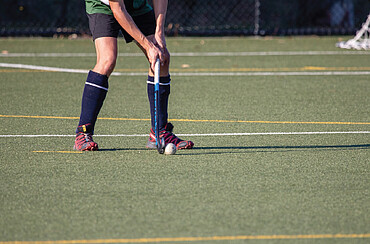Abstract
This case follows the National Field Hockey team’s journey from the preparation for the 2016 Olympic Games in Rio de Janeiro up to the 2021 Olympics in Tokyo. The case describes the process of rebuilding cohesion among the players, addressing issues of team development and leadership development. The culture and mindset change within the team is seen from the perspective of Jim Carousa, an independent advisor on strategy and organisational change. The team’s coach had asked Jim to support him in building an outperforming team. Jim’s task was to establish trust among the team by developing a clear direction and effective interaction among the players and coaching staff. How did he handle this challenging task? Moreover, how did he manage to re-align a dysfunctional team and establish strong and effective leadership for it? What was his approach, and what are the key lessons from this process? The case consists of four parts. Case A looks at what happened during the Olympics in Rio de Janeiro that caused the team to lose the game; it then explains Jim’s thinking in the following months as he questioned how to solve the challenges the team was facing. Case B describes the team’s development as they solved key challenges in team dynamics, leadership and team culture. Case C illustrates the emergence of a new leadership team. Case D describes the aftermath of the team development process and the consequences for the team when, due to the postponement of the Olympic Games in Tokyo, they needed to continue for another year. By addressing these challenges candidly, this case provides valuable insights to anyone who is involved in or concerned about change management in a complex environment.
Citation Note
Based on field research; 3 pages Follow the 'handle' link to access the Case Study on RePub. For EUR staff members: the Teaching Note is available on request, you can contact us at rsm.nl/cdc/contact/ For external users: follow the link to purchase the Case Study and the Teaching Note.
Objective
1. Understand the effects of ‘identification’, ‘granted leadership’ and the ‘emergence’ of leadership. 2. Recognise what a team needs by mirroring the team’s identity. 3. Translate a team’s characteristics into a leadership model. 4. Analyse shared and distributed leadership forms. 5. Explain how to maintain a team and its leadership.
